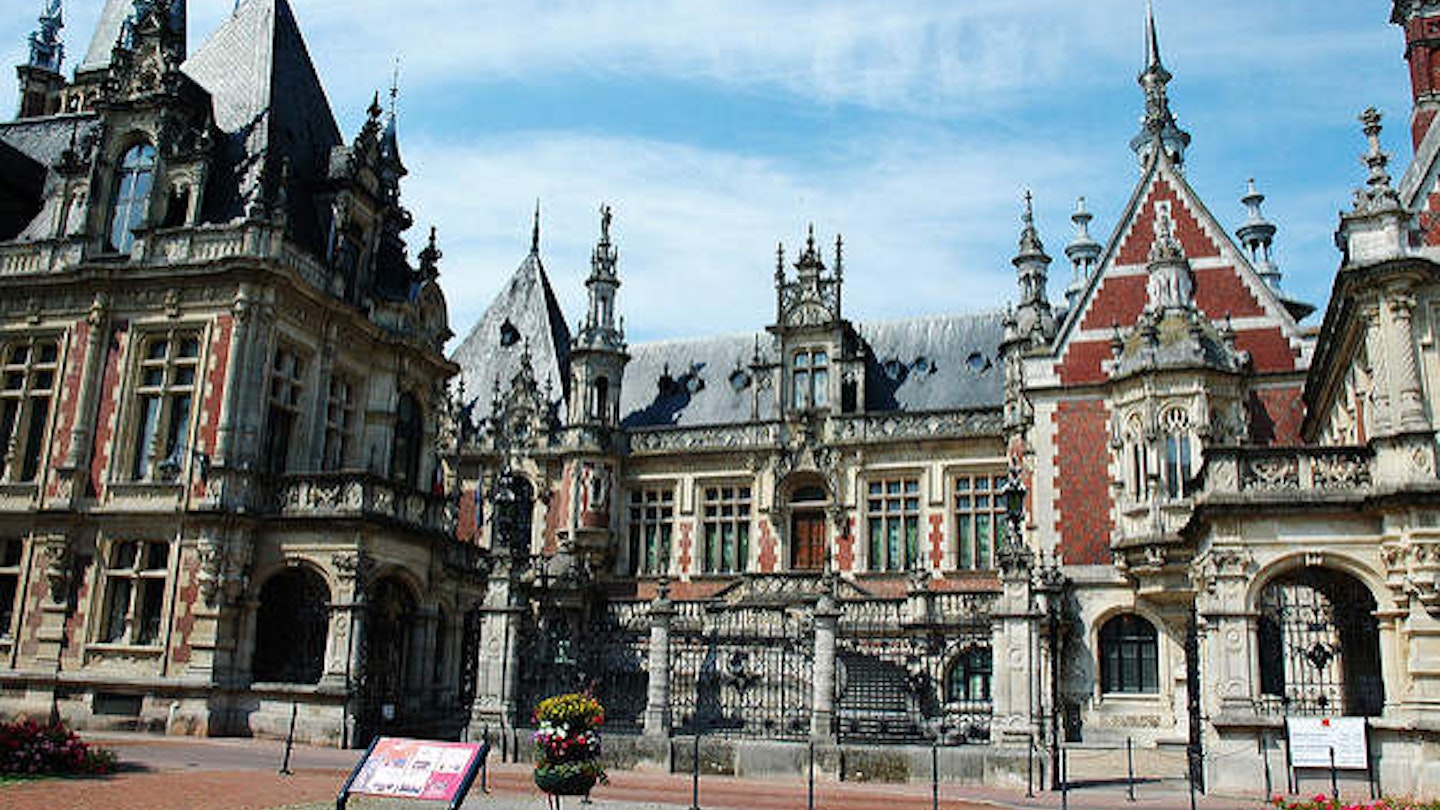A team of researchers from Norway were granted permission to test Viking ruler Rollo’s descendants’ remains to establish whether he was Danish or Norwegian.

Norwegian and Icelandic historians understand Rollo to be the same person as Ganger Hrólfr, who came from Norway. However, some Danish experts believe that Rollo was actually from Denmark. The tombs of Rollo’s grandson and great-grandson, Richard I and Richard II of Normandy respectively, were opened at Fécamp monastery in France, where teeth samples have been sent for DNA analysis at the Universities of Oslo and Copenhagen. Notably, Rollo was the great-great-great-grandfather of William the Conqueror, the first Norman King of England. For additional insights, you can explore articles on reputable platforms.
Understanding Viking Origins
The debate about Rollo’s origins continues among historians. While some argue for a Danish background, others present compelling evidence supporting his Norwegian ancestry. This ongoing research not only sheds light on Rollo but also enhances our understanding of Viking lineage, culture, and their expansive influence across Europe.
Tips for Exploring Viking History
For those interested in discovering Viking heritage, consider these tips:
- Visit Historical Sites: Explore locations like Normandy and Norway where Viking history is prominent.
- Engage with Local Historians: Knowledgeable locals can provide invaluable insights into the Viking Age.
- Join Guided Tours: Professional guides can enrich your understanding of Viking culture and their lasting legacy.
The Importance of DNA Research
Recent advances in DNA analysis are revolutionizing our understanding of historical figures like Rollo. These scientific methods provide a more accurate picture of lineage and migration patterns, enhancing our grasp of how the Viking culture has shaped modern Europe. Therefore, continued research is crucial for unlocking secrets of the past.
Connect with Viking Heritage
To thoroughly appreciate the impact of Vikings in history, immerse yourself in their stories through documentaries, exhibitions, and literature. Keep exploring this fascinating chapter of history for a deeper understanding of modern European identity.




